Home>Articles>How To Store Umbilical Cord After It Falls Off
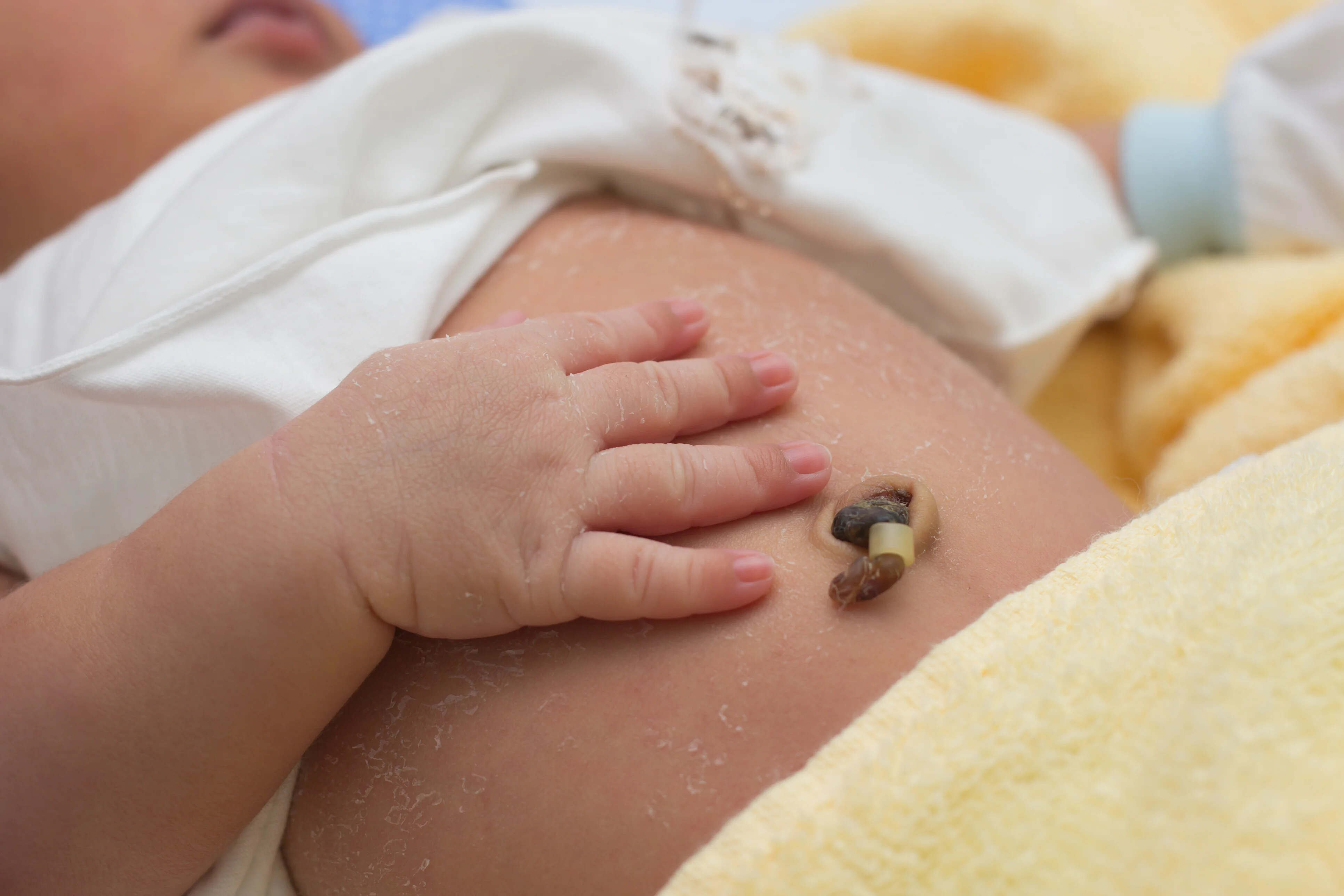

Articles
How To Store Umbilical Cord After It Falls Off
Modified: December 7, 2023
Learn the proper way to store your baby's umbilical cord after it falls off with our informative articles. Ensure its preservation for future potential medical use.
(Many of the links in this article redirect to a specific reviewed product. Your purchase of these products through affiliate links helps to generate commission for Storables.com, at no extra cost. Learn more)
Introduction
Storing the umbilical cord after it falls off is becoming increasingly popular among parents as a way to preserve a precious piece of their child’s early life. The umbilical cord, which connects the baby to the placenta during pregnancy, plays a vital role in nourishing the fetus. After birth, the umbilical cord naturally detaches from the baby’s belly button, leaving behind a small, dried-out stump. This tiny remnant holds sentimental value for many parents, as it represents the physical connection between mother and child.
While the umbilical cord stump itself may not hold any inherent medical benefits, preserving it can serve as a meaningful keepsake and a symbol of the bond between parent and child. Additionally, preserving the umbilical cord stump can also provide potential future medical benefits such as stem cell research and potential treatment options for certain diseases.
In this article, we will explore the importance of storing the umbilical cord after it falls off and provide you with a step-by-step guide on how to do it effectively.
Key Takeaways:
- Storing the umbilical cord after it falls off holds sentimental value, potential medical benefits, and serves as a meaningful keepsake symbolizing the bond between parent and child.
- Properly cleaning, drying, and storing the umbilical cord in a suitable container and environment ensures its long-term preservation and potential future use.
Read more: How To Store Umbilical Cord
Why is Storing the Umbilical Cord After It Falls Off Important?
Storing the umbilical cord after it falls off holds great significance for many parents. Here are some reasons why preserving this small piece can be of importance:
- Sentimental Value: The umbilical cord symbolizes the physical connection between a mother and her baby during the pregnancy period. It serves as a tangible reminder of the bond formed between them and the incredible journey of bringing a new life into the world.
- Keepsake: Storing the umbilical cord allows parents to create a sentimental keepsake that can be cherished for years to come. Many parents choose to preserve the umbilical cord as a memento, often placing it in a special box or frame along with other treasured items such as newborn photos or hospital bracelets.
- Family Tradition: In some cultures, saving the umbilical cord has deep-rooted traditions. It may be seen as a way to honor familial customs and preserve cultural heritage. Keeping this tradition alive can create a sense of connection and continuity between generations.
- Potential Medical Benefits: The umbilical cord contains valuable stem cells that have the potential to be used in medical treatments and research. These stem cells are known for their ability to differentiate into various types of cells, making them valuable for potential therapies for certain diseases. Storing the umbilical cord increases the likelihood of having access to these cells if needed in the future.
- Peace of Mind: Knowing that the umbilical cord is carefully preserved can provide parents with a sense of peace and security. It allows them to hold onto a part of their child’s early life and have the option to explore potential future medical advancements that may arise.
It is important to note that while storing the umbilical cord holds emotional and potential medical benefits, it should not be seen as a guarantee of future use or treatment. However, having this precious keepsake can bring comfort and joy to parents, serving as a tangible reminder of the miracle of life.
Step-by-Step Guide on How to Store the Umbilical Cord After It Falls Off
Preserving the umbilical cord after it falls off requires proper handling and storage to ensure its longevity. Follow this step-by-step guide to store the umbilical cord effectively:
- Choose the Right Storage Container: Select a small, airtight container made of materials that won’t degrade over time, such as glass or BPA-free plastic. Make sure the container has a secure lid to prevent moisture, dust, and other contaminants from entering.
- Prepare the Storage Container: Before placing the umbilical cord in the container, wash it thoroughly with mild soap and warm water. Rinse well and dry completely. This ensures that any dirt or bacteria that may have accumulated on the container’s surface is eliminated.
- Clean and Dry the Umbilical Cord: Gently clean the detached umbilical cord stump using a sterile cotton pad or soft cloth dampened with warm water. Be careful not to apply excessive pressure, as the umbilical cord stump is delicate. Allow it to air dry completely to prevent moisture accumulation, which can lead to mold or deterioration.
- Place the Umbilical Cord in the Storage Container: Carefully place the dried umbilical cord stump inside the prepared storage container. Ensure that it is fully and securely covered by the lid to maintain an airtight environment.
- Store the Container in the Right Environment: Find a cool, dark, and dry place to store the container. Keep it away from direct sunlight, extreme temperatures, and humidity, as these conditions can damage the umbilical cord. Consider storing it in a drawer or a box to further protect it from light exposure.
- Monitor for any Changes or Issues: Regularly check the stored umbilical cord for any signs of discoloration, mold growth, or deterioration. If you notice any changes, it may be a sign of improper storage conditions or the need to consult a professional for guidance.
- Ensure Proper Documentation and Labeling: Keep a record of the date when the umbilical cord was stored and any relevant details that may be important in the future. Label the container with the child’s name, date of birth, and any additional information that you deem necessary.
By following these steps, you can safely and effectively store the umbilical cord after it falls off, preserving it as a significant keepsake for years to come.
Choosing the Right Storage Container
When it comes to storing the umbilical cord after it falls off, selecting the right storage container is crucial to preserving its integrity. Here are some factors to consider when choosing the appropriate container:
- Material: Opt for a container that is made of durable, non-toxic materials to ensure the long-term preservation of the umbilical cord. Glass containers are a popular choice as they are resistant to moisture and do not interact chemically with the cord. BPA-free plastic containers can also be suitable, but make sure they are of high-quality and free from any harmful substances.
- Size: Choose a container that is small enough to comfortably hold the umbilical cord without excessive empty space. This helps prevent the cord from moving around inside the container and reduces the risk of damage.
- Airtight Seal: Ensure that the storage container has a lid that provides a tight and secure seal. This helps maintain an airtight environment inside the container, preventing moisture, dust, and other contaminants from entering and compromising the condition of the umbilical cord.
- Transparency: Consider whether you prefer a transparent container that allows you to see the preserved umbilical cord or if you prefer a more opaque container that provides better protection from light exposure. Transparency can enhance the visual appeal of the storage, but it’s important to balance it with the need to protect the cord from potential damage.
- Durability: It’s essential to select a storage container that is durable and resistant to wear and tear. The container should be able to withstand handling and potential accidental drops without breaking or shattering, as this could damage the umbilical cord inside.
- Design: While not necessary, some parents may prefer a storage container that has an aesthetically pleasing design or can be customized with labels or decorations. This adds a personal touch to the storage while still prioritizing functionality and preservation.
Ultimately, the ideal storage container for the umbilical cord should provide a safe, secure, and airtight environment to ensure the long-term preservation of this precious keepsake. Consider these factors when making your decision to find the container that best meets your needs and preferences.
Preparing the Storage Container
Before placing the umbilical cord in the storage container, it is important to properly prepare the container to ensure the preservation of the cord. Here are the steps to follow when preparing the storage container:
- Cleanliness: Start by ensuring that the storage container is clean and free from any dirt, dust, or contaminants. Wash the container thoroughly with mild soap and warm water. Rinse well to remove any residue and allow it to dry completely before proceeding.
- Sterilization: Depending on the material of the storage container, you may choose to sterilize it. This step is especially important for glass containers, as they can withstand high heat. To sterilize, boil a pot of water and immerse the glass container in it for a few minutes. Remove it from the boiling water using tongs or kitchen gloves and let it air dry.
- Sanitization: Even after sterilization, it is recommended to sanitize the container. Use a solution of equal parts water and hydrogen peroxide, or a mild bleach solution (follow directions on the bleach bottle for dilution) to wipe down the inside and outside of the container. This will help eliminate any remaining bacteria and ensure a clean storage environment.
- Drying: After sanitizing the container, make sure it is completely dry before placing the umbilical cord inside. Dampness or moisture can promote the growth of mold or bacteria, potentially damaging the cord.
- Additional Precautions: If you have chosen a container with multiple compartments or sections, ensure that each section is thoroughly cleaned and sanitized. This will prevent cross-contamination and maintain the purity of the stored umbilical cord.
By following these steps, you can take the necessary precautions to ensure that your chosen storage container is clean and ready to safely preserve the umbilical cord. Properly preparing the container will help maintain the integrity of the cord and keep it in optimal condition for years to come.
Read more: What To Do If You Fall Off A Ladder
Properly Cleaning and Drying the Umbilical Cord
When it comes to storing the umbilical cord after it falls off, it is essential to clean and dry it properly to ensure its longevity and preservation. Here are the steps to follow for proper cleaning and drying:
- Gather Supplies: Prepare the necessary supplies for cleaning the umbilical cord. These include sterile cotton pads or soft cloths, warm water, and mild soap. Avoid using harsh chemicals or disinfectants, as they may damage the cord.
- Handling with Care: Before cleaning the umbilical cord, make sure to wash your hands thoroughly with soap and water to minimize the risk of introducing any bacteria or contaminants. Handle the cord gently and with clean hands throughout the process.
- Dampen the Cloth: Moisten a sterile cotton pad or soft cloth with warm water. It is important to avoid excessive moisture, so wring out any excess water from the cloth to ensure that it is only slightly damp.
- Wipe the Umbilical Cord: Gently wipe the detached umbilical cord stump using the dampened cloth or cotton pad. Start from the base of the cord and carefully move towards the end. Use gentle circular motions to remove any dirt or dried skin remnants. Take extra care not to cause any discomfort or irritation to the baby during this process.
- Do Not Pull: Avoid pulling on the umbilical cord stump, as it may cause bleeding or prolong the healing process. It is essential to allow the cord to detach naturally.
- Air Dry: After cleaning, allow the umbilical cord stump to air dry completely. Avoid using towels or other materials that may leave fibers behind, as they can get caught in the cord or interfere with its preservation. It is best to let it naturally dry without applying any additional heat or blowing on it.
- Avoid Moisture: Ensure that the umbilical cord stump remains dry throughout the healing process. Moisture can lead to mold or bacteria growth, which can compromise the preservation of the cord. If necessary, gently pat around the umbilical cord stump with a dry cloth to absorb any excess moisture.
Properly cleaning and drying the umbilical cord is crucial in maintaining its integrity and ensuring its longevity as a precious keepsake. By following these steps, you can ensure that the umbilical cord is thoroughly cleaned and dried before placing it in the storage container.
After the umbilical cord falls off, store it in a clean, dry container at room temperature. Avoid moisture to prevent mold. It can be kept as a keepsake or for potential future medical use.
Placing the Umbilical Cord in the Storage Container
Once you have prepared the storage container and properly cleaned and dried the umbilical cord stump, it’s time to carefully place the cord in the container for long-term storage. Follow these steps to ensure that the umbilical cord is properly placed in the storage container:
- Choose a Suitable Position: Decide on the orientation in which you would like to place the umbilical cord inside the container. Determine if you want it to lie flat, be coiled, or positioned in any other specific manner. This decision depends on personal preference and the available space within the container.
- Positioning the Cord: Carefully place the umbilical cord stump inside the storage container, ensuring that it is positioned securely and comfortably. Avoid any twists, bends, or folds that could potentially damage the cord. If needed, adjust the position of the cord gently to ensure it is in the desired arrangement.
- Cover with Lid: Once the umbilical cord is placed in the container, cover it with the lid securely. Ensure that the lid provides a tight seal to maintain an airtight environment inside the container. This helps to prevent exposure to moisture, dust, and other external elements.
- Labeling: It is essential to label the storage container with relevant information such as the child’s name, date of birth, and any additional details you want to include. This helps identify the contents of the container easily and keeps track of the sentimental keepsake.
Remember to handle the umbilical cord gently while placing it in the storage container to avoid any damage. By following these steps, you can ensure that the umbilical cord is safely and securely positioned in its designated storage container for long-term preservation.
Storing the Storage Container in the Right Environment
After placing the umbilical cord in the storage container, it is crucial to store the container in the appropriate environment to ensure the preservation of the cord. Here are some guidelines for storing the storage container correctly:
- Choose a Cool and Dark Location: Find a storage location that is cool and away from direct sunlight or extreme temperature fluctuations. Heat and light can accelerate the degradation of the umbilical cord and compromise its preservation.
- Avoid Humidity: Moisture is the enemy when it comes to preserving the umbilical cord. High humidity levels can cause the cord to become damp, leading to mold growth or deterioration. As such, select a storage location that is dry and has low humidity levels.
- Avoid Extremes in Temperature: Keep the storage container away from areas that experience extreme temperature highs or lows. Excessive heat or cold can have negative effects on the umbilical cord and its preservation. It is best to choose a storage location with a stable and moderate temperature.
- Avoid Exposure to Air: Although the storage container provides a protective barrier, it is still important to minimize the exposure of the cord to open air. Excessive air circulation can contribute to drying out the cord or the potential growth of bacteria. Store the container in an enclosed area to limit air exposure.
- Consider Privacy and Safety: Consider storing the storage container in a location that ensures privacy and safety, especially if you have multiple children or pets in the house. This helps prevent any accidental damage or tampering of the container.
- Protect from Physical Damage: Choose a storage location that minimizes the risk of physical damage to the container. Avoid keeping it in areas with heavy objects that could potentially fall on the container or expose it to rough handling.
- Keep Away from Chemicals: Ensure that the storage location is free from exposure to chemicals or substances that could potentially interact with the storage container or the umbilical cord. Chemical exposure could lead to deterioration or contamination of the cord.
By storing the storage container in the right environment, you can significantly increase the likelihood of preserving the umbilical cord effectively. Prioritize a cool, dark, dry, and stable location to protect the cord from potentially damaging factors.
Monitoring the Umbilical Cord for any Changes or Issues
After storing the umbilical cord in the storage container, it is important to monitor it periodically for any changes or issues that may arise. Regular monitoring helps ensure the preservation and integrity of the cord. Here are some key points to consider when monitoring the umbilical cord:
- Visual Examination: Regularly inspect the umbilical cord while it is in storage. Look for any changes in color, texture, or appearance. Pay attention to any discoloration, dark spots, mold growth, or deterioration. If you notice any unusual changes, it may be a sign of potential issues that require attention.
- Check for Moisture: Examine the storage container for any signs of moisture or condensation. Moisture can lead to the growth of mold, which can damage the cord. If you notice any dampness, promptly dry the storage container and ensure it is stored in a dry environment.
- Inspect the Container: Regularly check the storage container for any damage or signs of wear. Ensure that the lid is still secure and provides an airtight seal. Any cracks or damage to the container can compromise the preservation of the cord.
- Keep Away from Direct Light: Protect the storage container from exposure to direct sunlight or harsh artificial light. Light exposure can lead to degradation and discoloration of the umbilical cord. Store the container in a dark location to minimize light exposure.
- Maintain Proper Storage Conditions: Continuously ensure that the storage area maintains the ideal environmental conditions. Monitor the temperature and humidity levels to prevent any fluctuations that could negatively impact the cord. Keep the container in a cool and dry location to maintain its integrity.
- Take Prompt Action: If you notice any concerning changes, such as mold growth, discoloration, or deterioration, it is important to address it promptly. Consult with a preservation specialist, if necessary, for guidance on potential solutions or next steps to safeguard the cord.
Regularly checking and monitoring the umbilical cord allows you to catch any issues or changes early on and take appropriate action to preserve its condition. By prioritizing regular inspections, you can ensure that the umbilical cord remains in the best possible state for sentimental and potential future use.
Read more: What Happens If A Dryer Vent Falls Off
Ensuring Proper Documentation and Labeling
Proper documentation and labeling are crucial when storing the umbilical cord to ensure easy identification and safekeeping. Here are some key points to consider when documenting and labeling the storage container:
- Record the Date: Note the date when the umbilical cord was stored. This information helps keep track of the cord’s age and ensure it is stored for an appropriate duration.
- Child’s Information: Include the child’s name, date of birth, and any other pertinent details. This helps identify and associate the cord with the correct individual, especially in cases where there are multiple children or family members storing their cords.
- Consider Additional Details: You may choose to include additional details that hold significance to you, such as the location of birth, birth weight, or any special circumstances surrounding the birth. These details add a personal touch to the documentation.
- Use Clear and Legible Writing: When labeling the storage container, use clear and legible writing using a permanent marker or label. Ensure that the label is securely attached or written directly on the container to prevent it from fading or getting lost over time.
- Consider Privacy: Take into account the privacy concerns of labeling when storing the container. If desired, you can use abbreviations or initials to maintain privacy while still ensuring proper identification.
- Keep a Separate Record: In addition to the container label, consider keeping a separate record with more detailed information about the stored umbilical cord. This can include any special instructions, notes, or relevant medical information that may be useful in the future.
- Organize and Store Safely: Keep all documentation, labels, and records related to the umbilical cord in a safe and easily accessible place. Avoid misplacing or mixing up the information with documents unrelated to the cord to ensure its proper documentation and safekeeping.
Proper documentation and labeling help provide clarity and ease of identification when storing the umbilical cord. By maintaining accurate records and labeling, you can ensure the cord’s identification and preserve its sentimental and potential medical value for years to come.
Conclusion
Storing the umbilical cord after it falls off is a deeply personal decision for many parents. While it may not hold significant medical benefits, preserving the umbilical cord allows parents to create a sentimental keepsake that symbolizes the bond between them and their child. Furthermore, storing the umbilical cord provides potential future opportunities for medical advancements and research involving stem cells.
In this comprehensive guide, we have covered the importance of storing the umbilical cord, provided a step-by-step process on how to store it effectively, and highlighted key considerations such as choosing the right storage container, properly cleaning and drying the cord, and selecting the appropriate storage environment. We also emphasized the need for diligent monitoring and regular checks for any changes or issues that may arise.
Remember to handle the umbilical cord with care throughout the process, ensuring it is clean and dry before placing it in the storage container. Choose a storage location that is cool, dark, and dry, and protect it from exposure to direct light and extreme temperatures. Proper documentation and labeling are essential for easy identification and safekeeping, so be sure to record key details and label the storage container accordingly.
While storing the umbilical cord is not for everyone, for those who choose to do so, it is a meaningful way to preserve a significant part of their child’s early life. Whether it serves as a sentimental keepsake or holds potential future medical benefits, the decision to store the umbilical cord allows parents to commemorate and honor the miraculous journey of bringing a new life into the world.
Remember, the decision to store the umbilical cord is a personal one. Consult with your healthcare provider or seek professional guidance to ensure you make an informed choice that aligns with your values, beliefs, and aspirations for your child’s future.
Frequently Asked Questions about How To Store Umbilical Cord After It Falls Off
Was this page helpful?
At Storables.com, we guarantee accurate and reliable information. Our content, validated by Expert Board Contributors, is crafted following stringent Editorial Policies. We're committed to providing you with well-researched, expert-backed insights for all your informational needs.
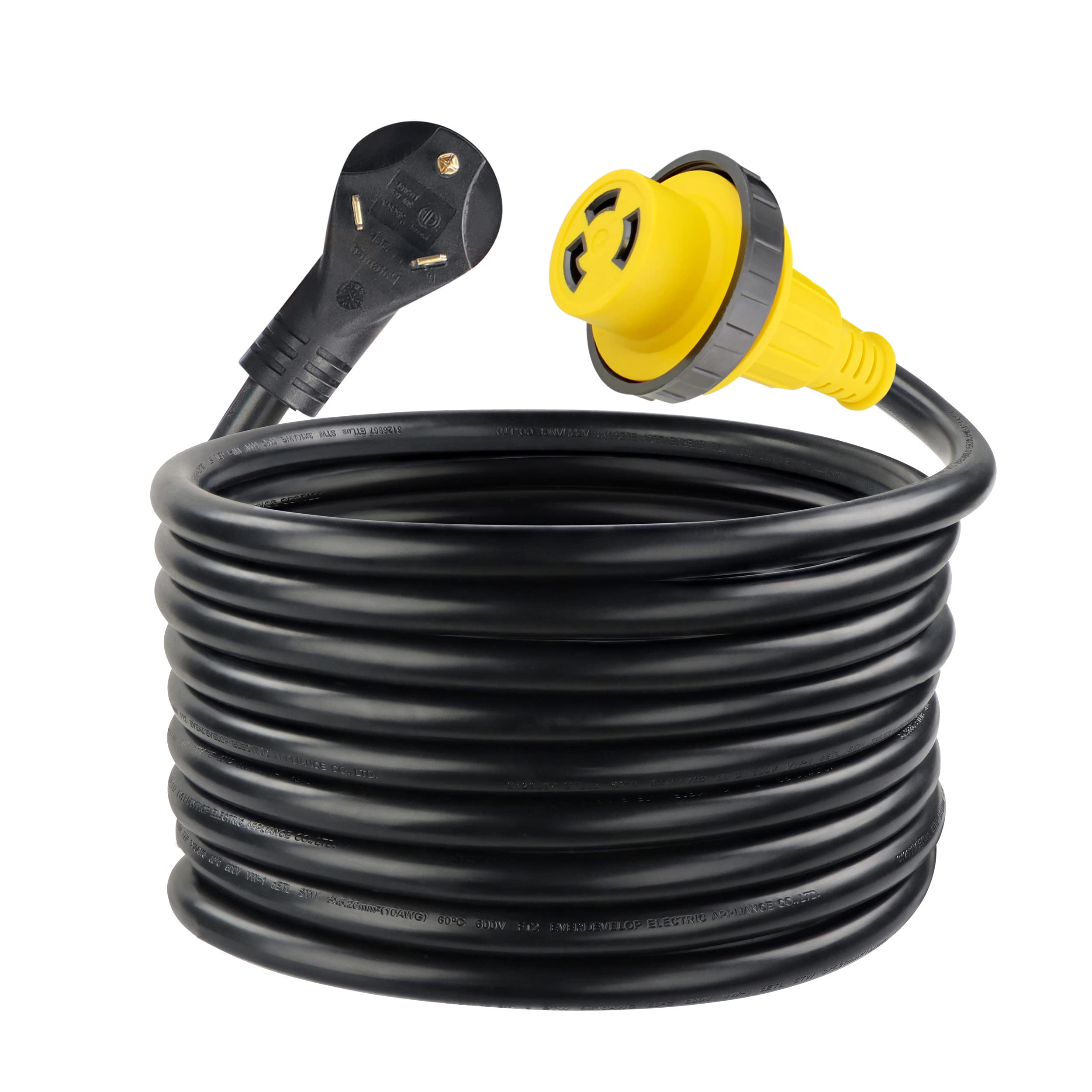
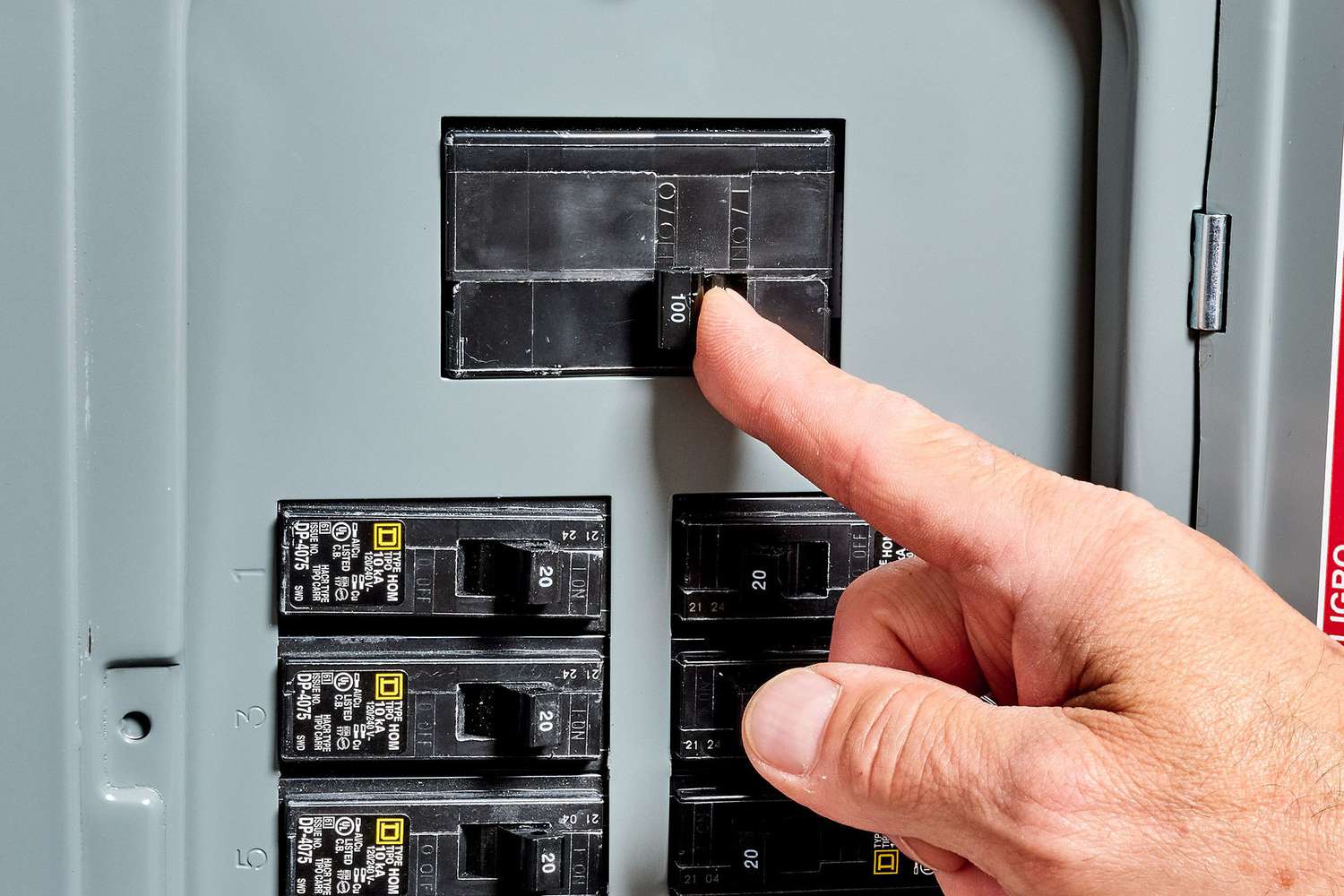
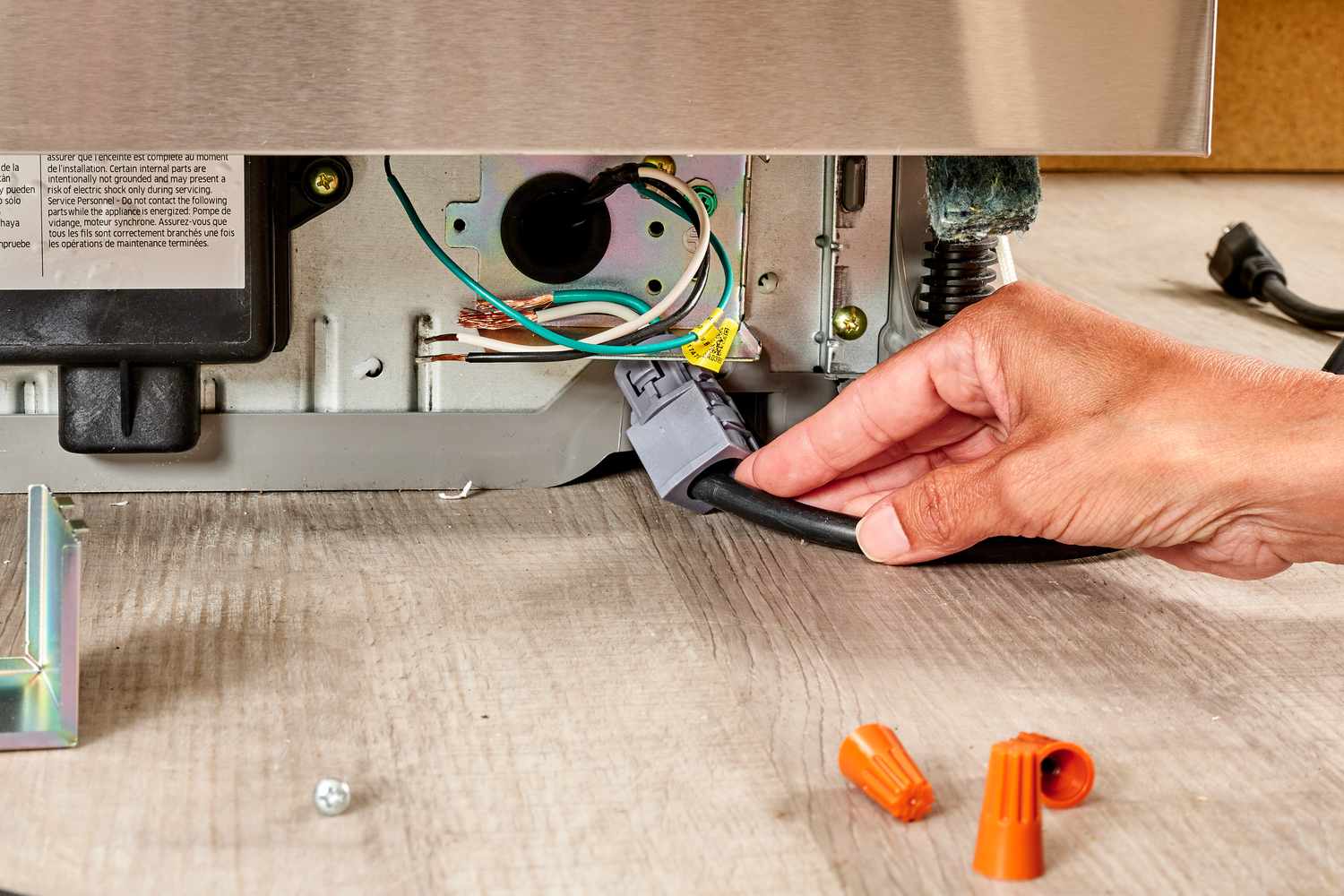
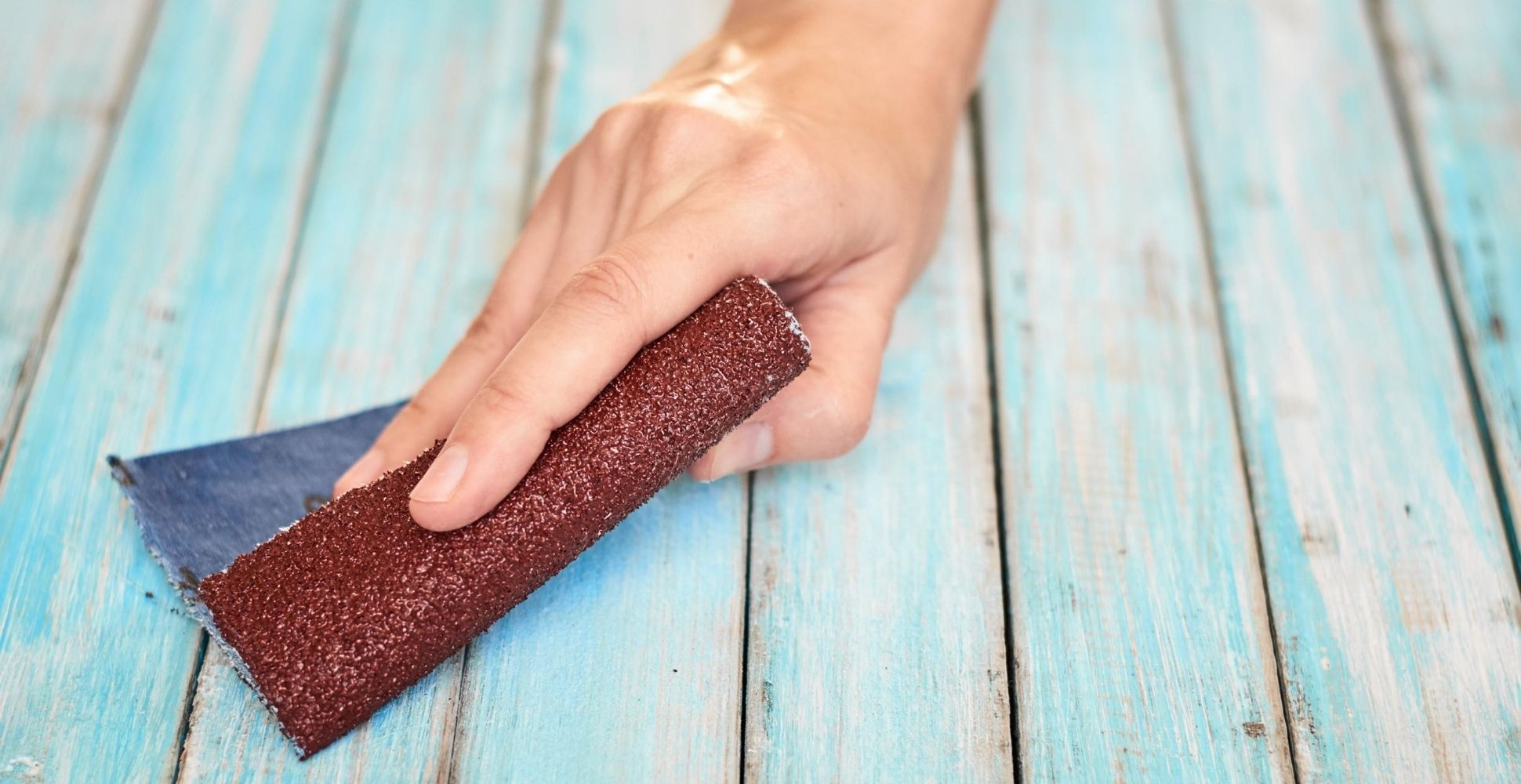

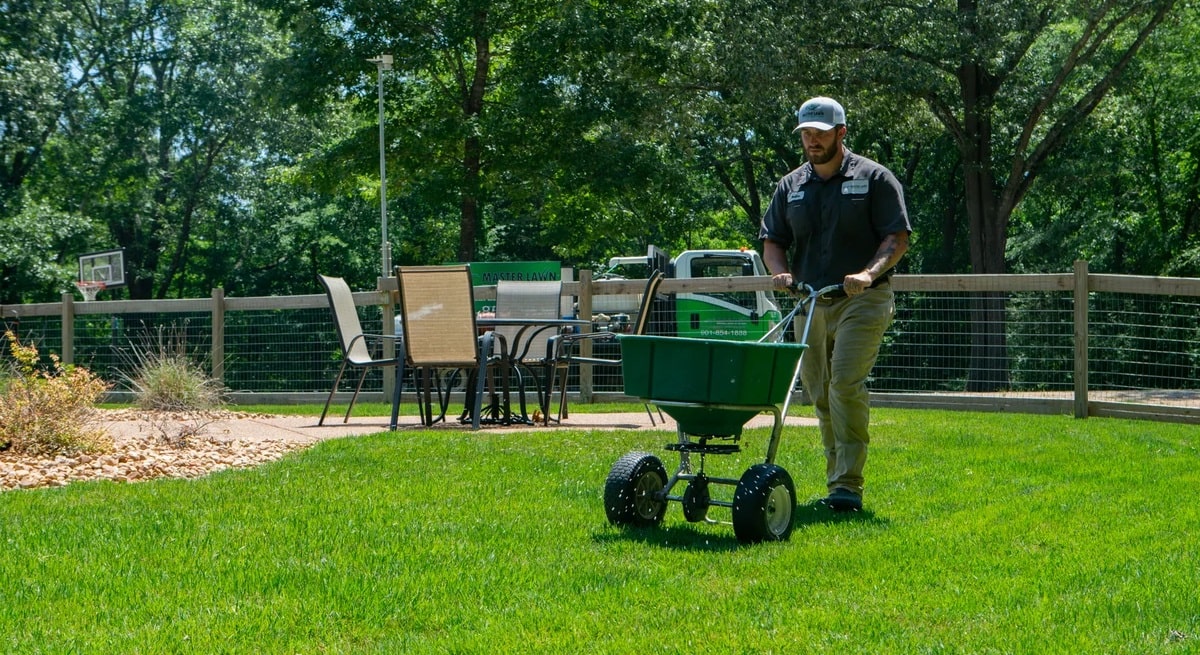
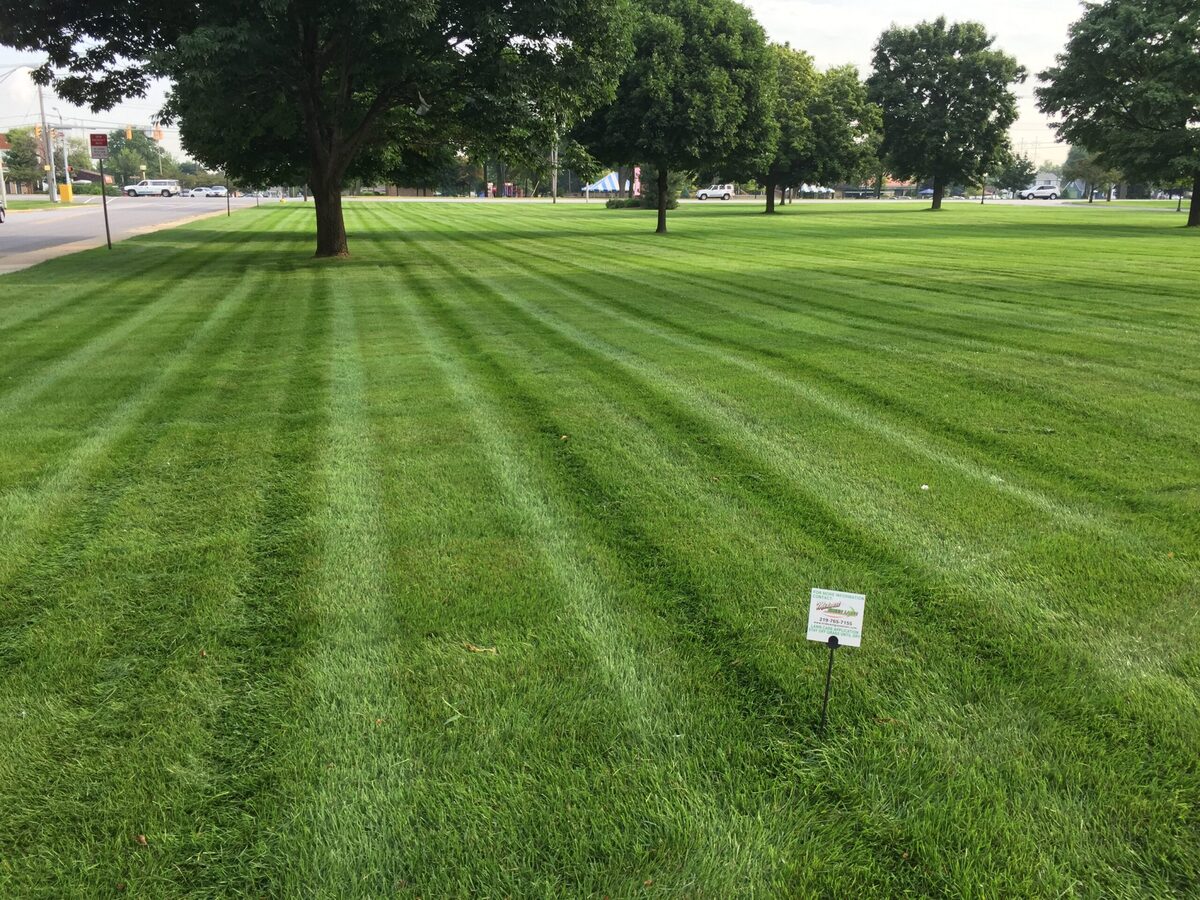
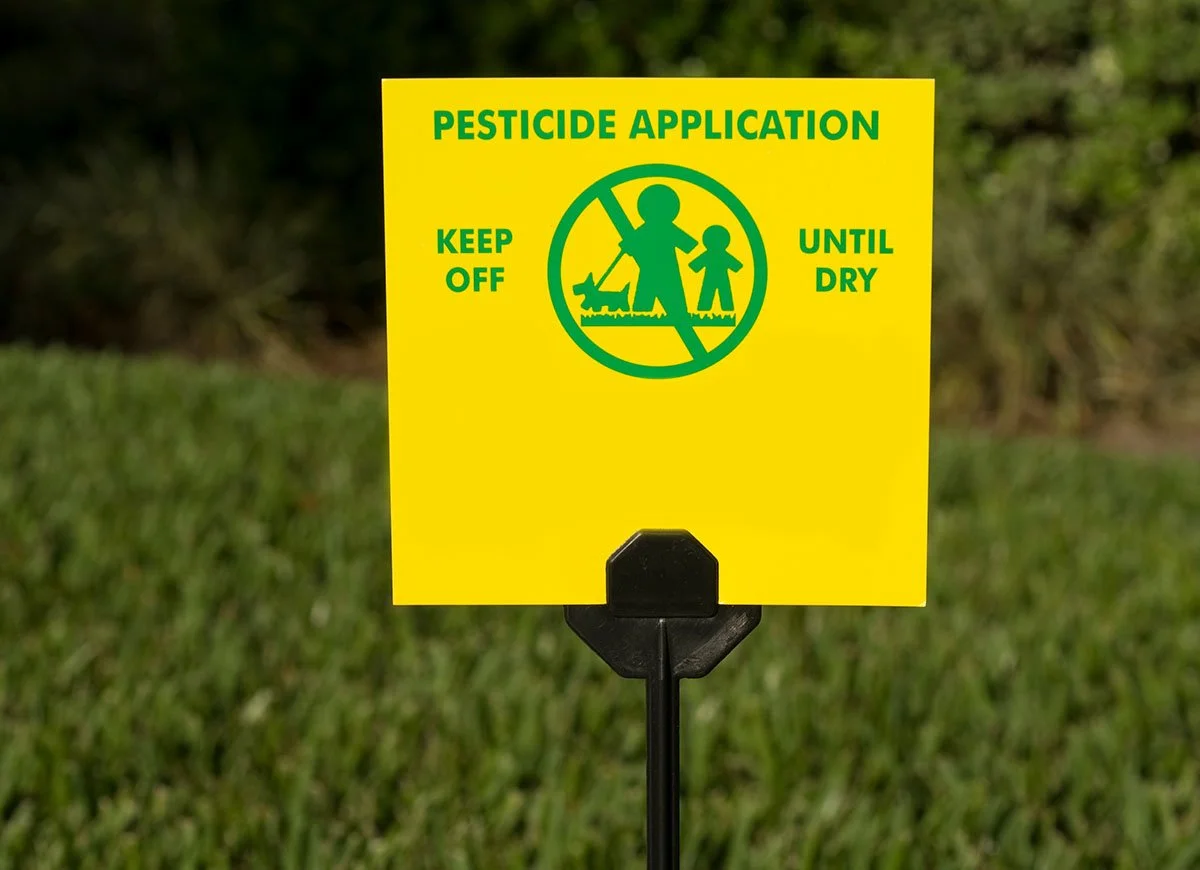
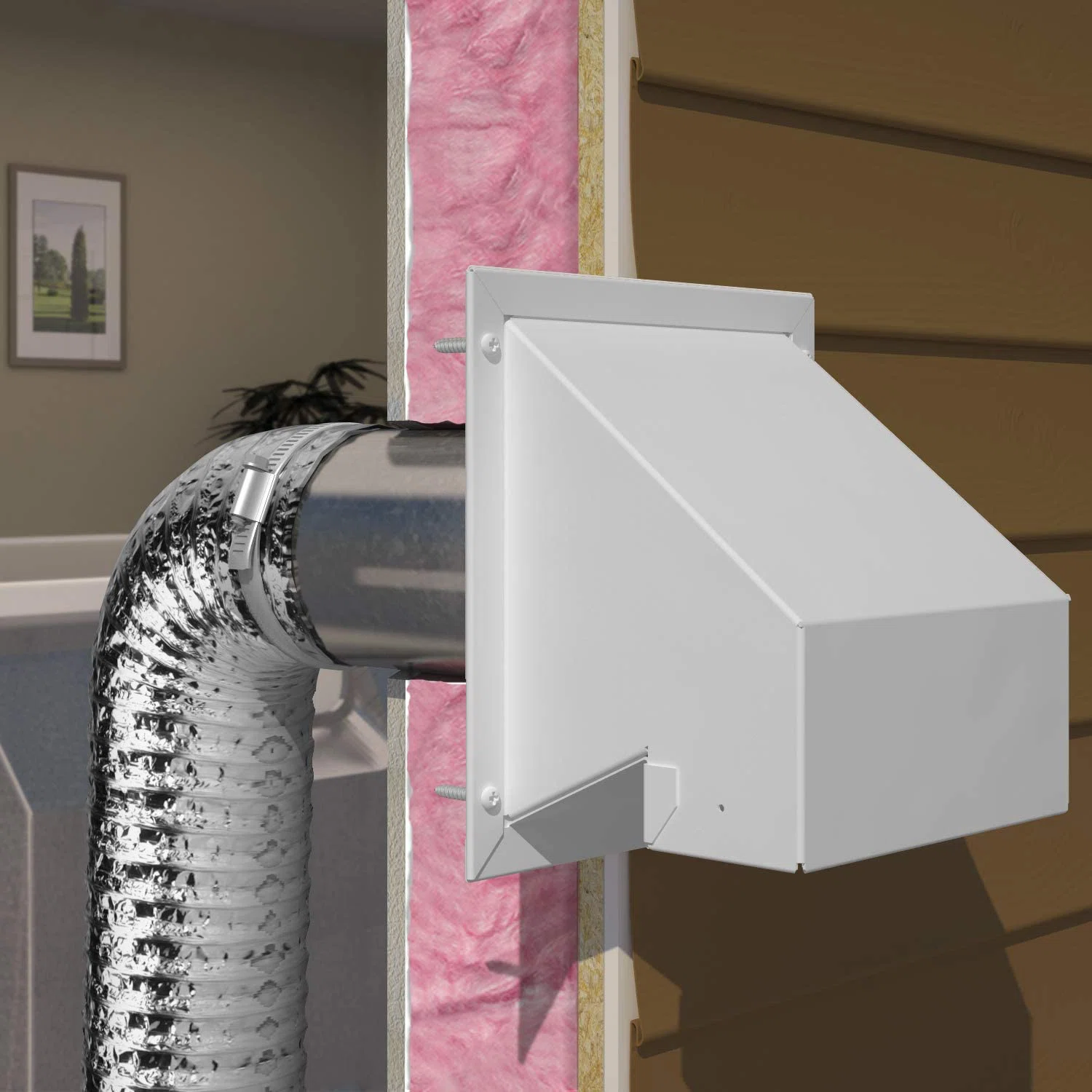
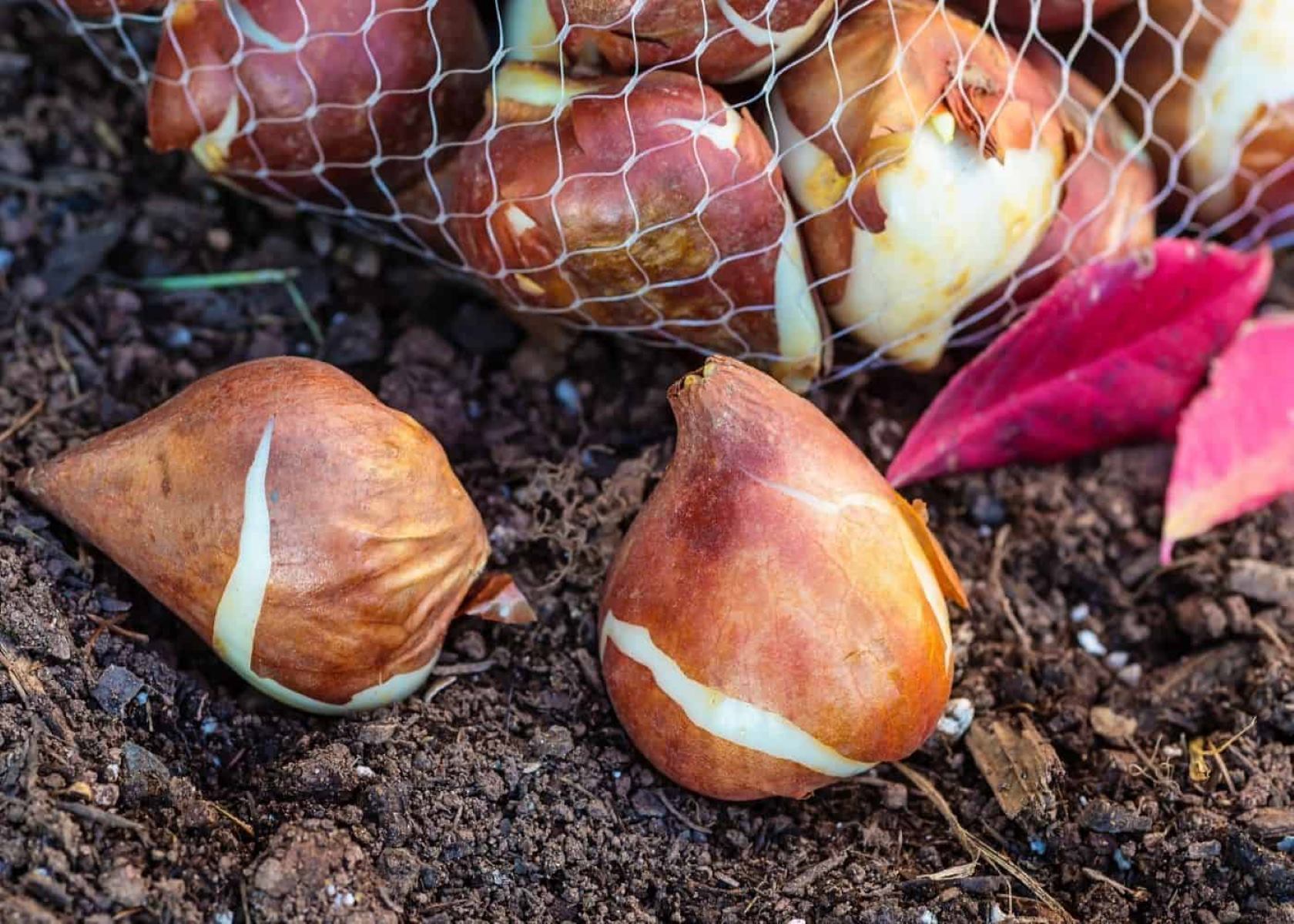
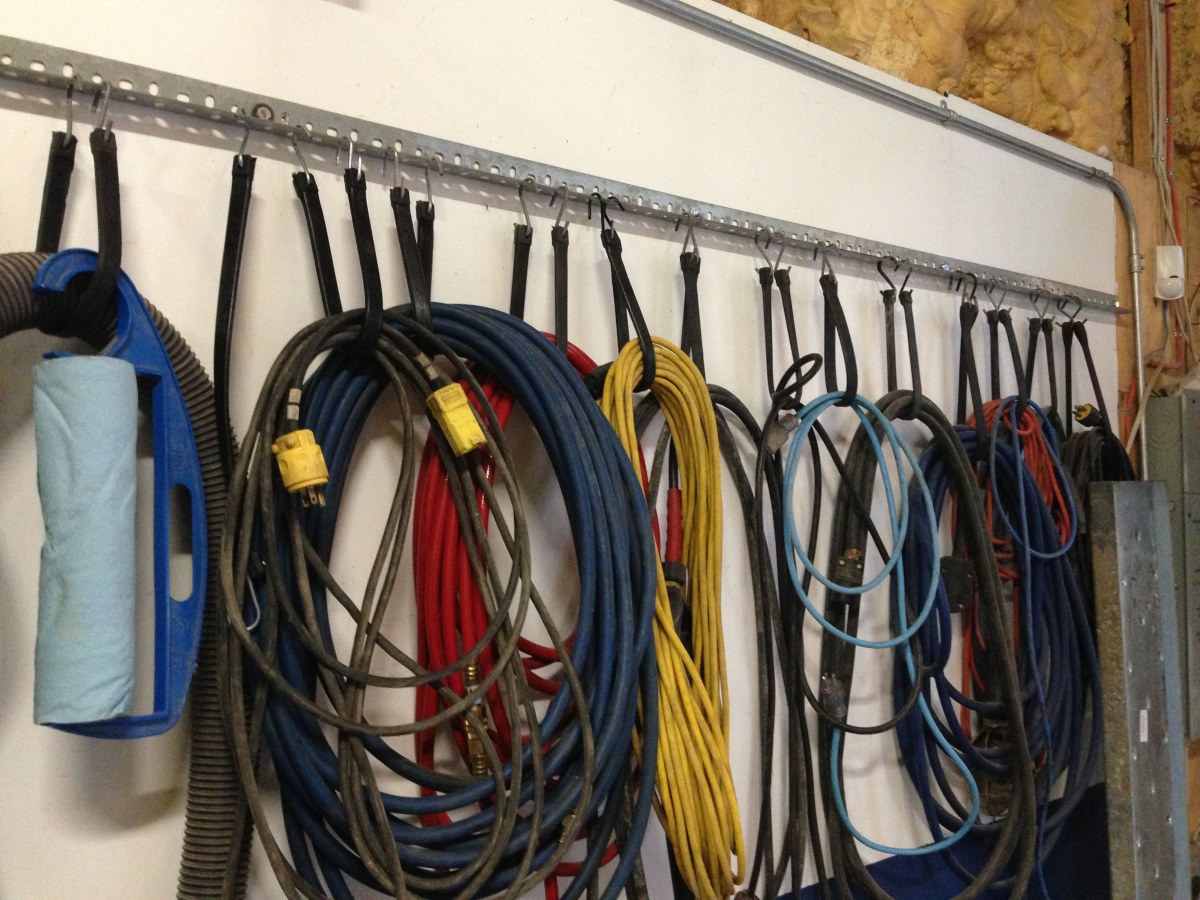
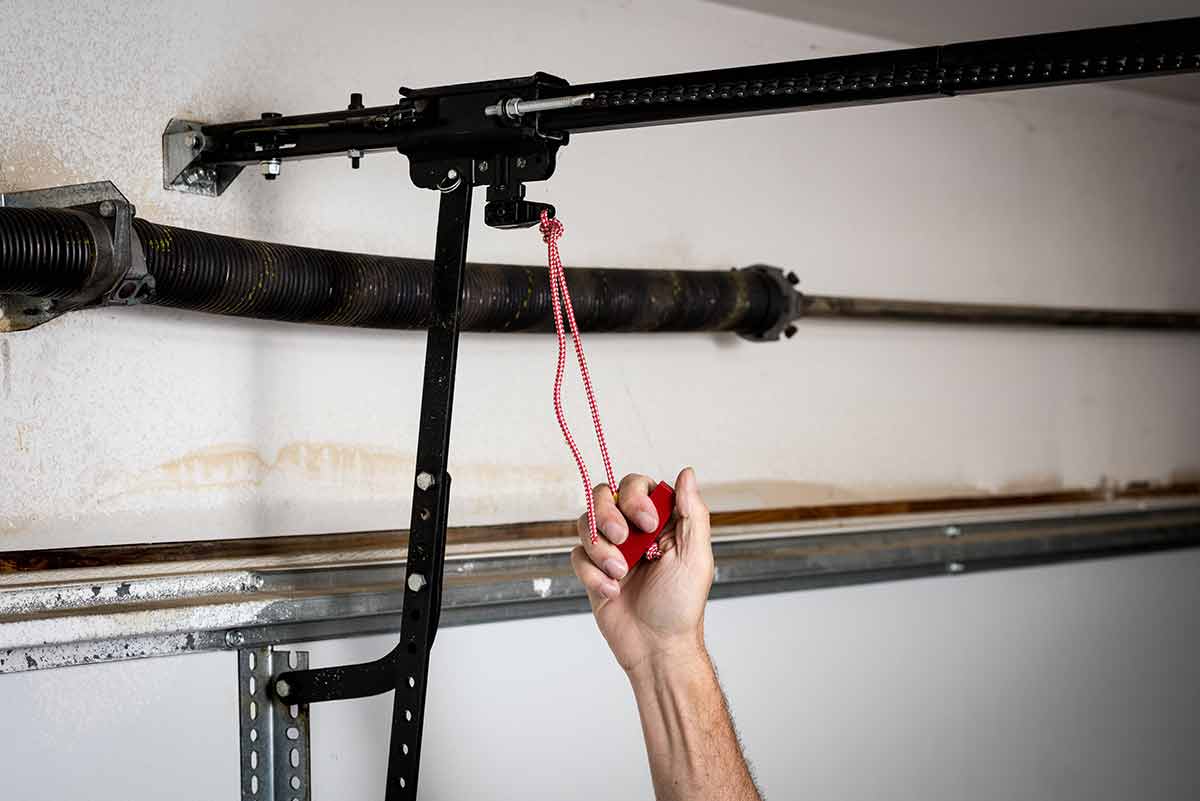
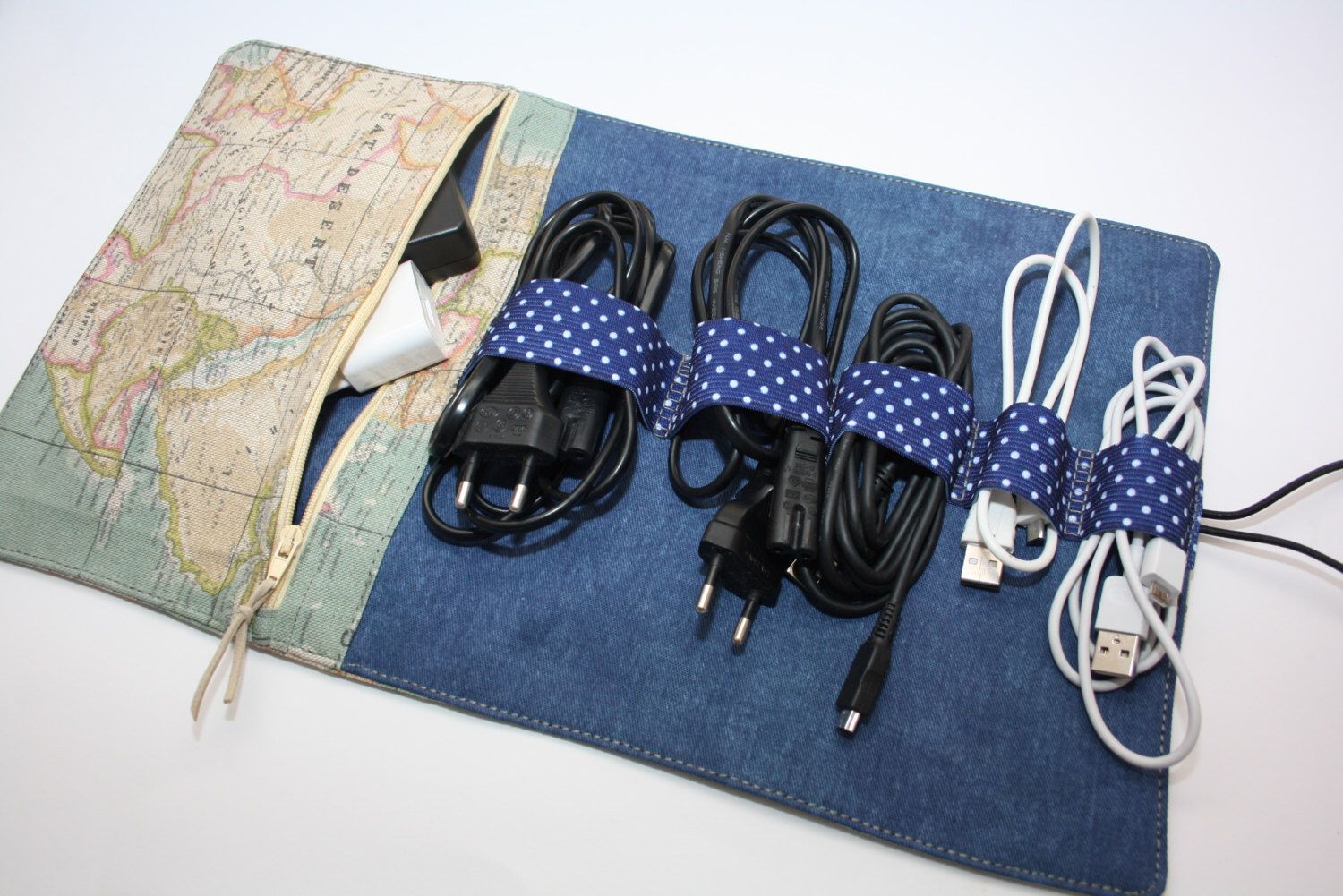

0 thoughts on “How To Store Umbilical Cord After It Falls Off”